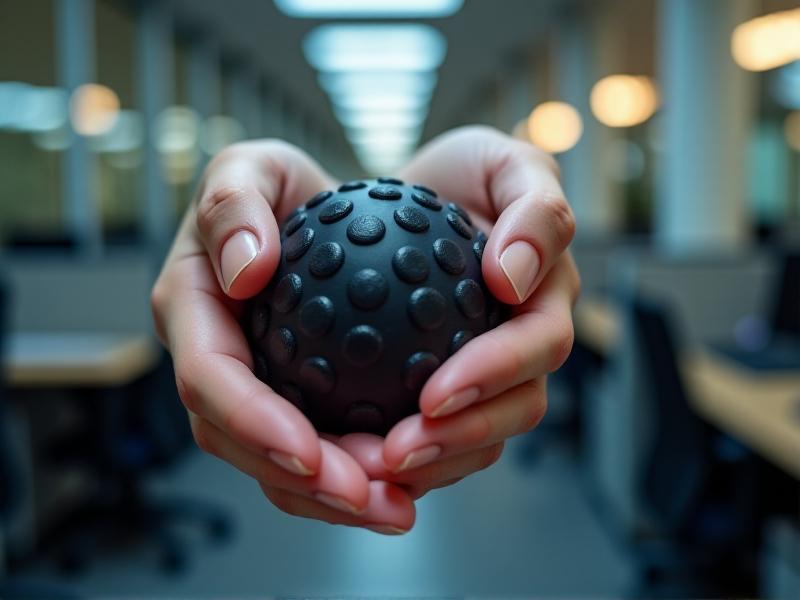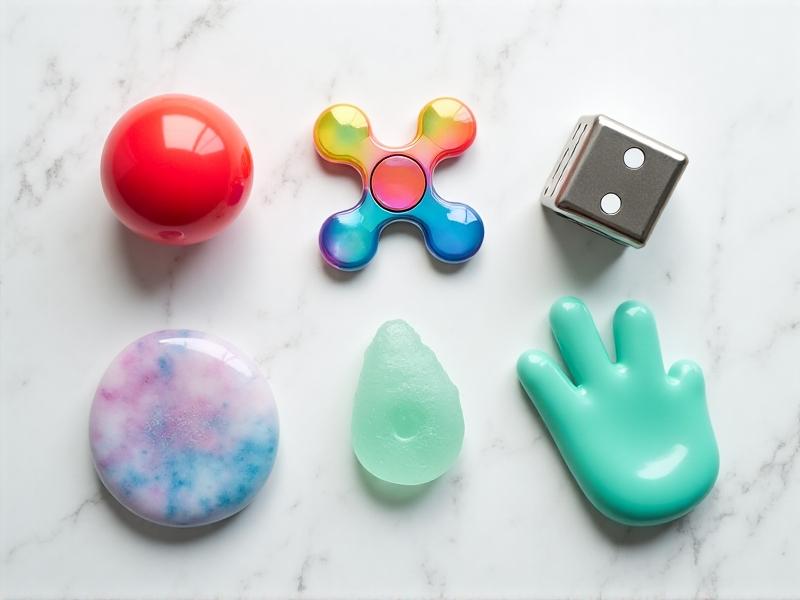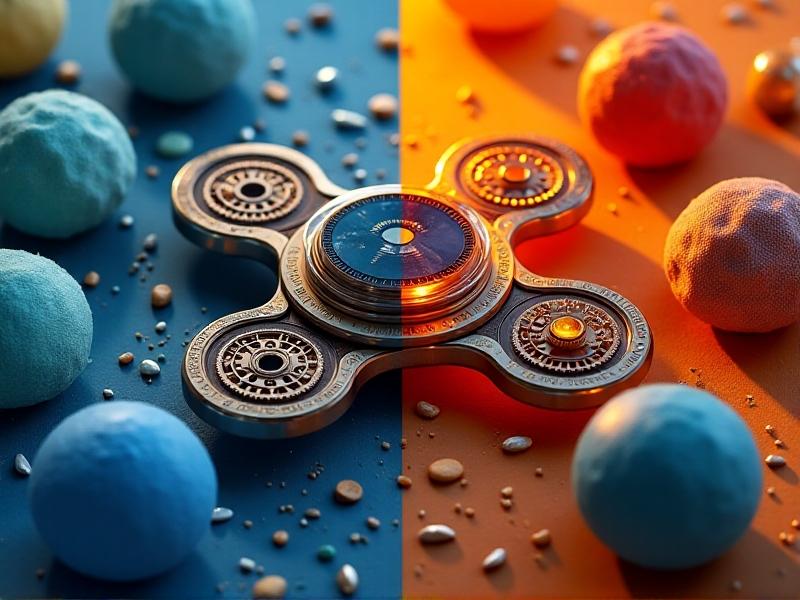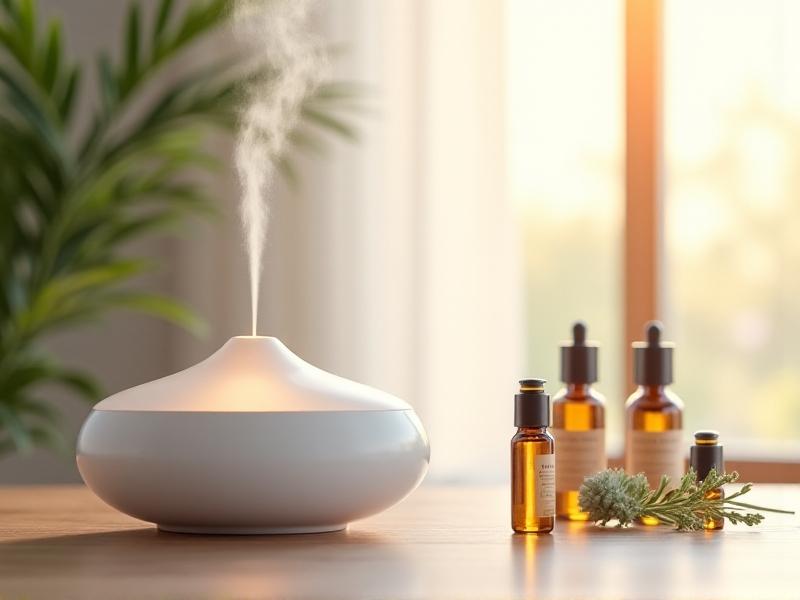Tactile Stress Relief Tool Comparisons
Understanding Tactile Stress Relief: A Modern Solution
In today’s fast-paced world, stress is an unavoidable companion. Tactile stress relief tools have surged in popularity as accessible, portable solutions to manage anxiety and improve focus. These tools work by engaging the senses through physical interaction, offering a distraction that calms the nervous system. From office workers to students, their appeal lies in simplicity and versatility. This article dives into the nuances of these tools, comparing their designs, materials, and effectiveness to help you find the perfect fit.

What Defines a Tactile Stress Relief Tool?
Tactile stress relief tools are handheld devices designed to engage the sense of touch, often through squeezing, twisting, or rolling. Their primary purpose is to redirect nervous energy, helping users regain focus or alleviate tension. Common examples include fidget spinners, stress balls, and therapy putty. These tools are grounded in occupational therapy principles, which advocate sensory stimulation to regulate emotions. Unlike digital apps or meditation, they offer a physical outlet, making them ideal for moments when mental exhaustion or restlessness strikes.

Popular Types of Tactile Tools: A Breakdown
The market offers a wide array of tactile tools, each catering to different preferences. Fidget spinners, known for their spinning motion, suit those who enjoy rhythmic movement. Stress balls, filled with gel or foam, provide resistive squeezing. Fidget cubes feature buttons, switches, and dials for varied interactions, while therapy putty offers malleable resistance for hand strengthening. Chewable jewelry, made from food-grade silicone, targets oral fixation. Understanding these categories helps users identify which mechanism aligns with their stress triggers.

Material Matters: Durability and Sensory Feedback
Material choice significantly impacts a tool’s lifespan and user experience. Silicone and rubber are soft and pliable, ideal for squeezing but prone to wear. Metal and ABS plastic ensure durability, though they may feel rigid. Therapy putty’s silicone-based formula balances stretch and resistance, while fabric-covered stress balls offer a cozy tactile feel. For frequent users, investing in robust materials like stainless steel or reinforced silicone ensures longevity. Conversely, budget-friendly foam or gel options may require replacement over time.

Effectiveness: Matching Tools to Stressors
Not all tools work equally for every stress type. Acute stress, like pre-presentation jitters, may benefit from quick, repetitive motions (e.g., spinner fidget rings). Chronic stress, such as ongoing work pressure, might require prolonged engagement, like kneading therapy putty. Sensory seekers may prefer multi-functional cubes, while those with ADHD often favor discrete options like under-desk foot bands. Studies suggest that tools providing both tactile and proprioceptive feedback—like weighted stress balls—enhance grounding for anxiety disorders.
Portability and Discretion: On-the-Go Relief
Portability is key for integrating stress relief into daily life. Compact tools like fidget rings or pocket-sized cubes fit seamlessly into bags or pockets. Noise is another factor: silent silicone toys are office-friendly, while clickable devices may distract others. Weighted items, though calming, can be cumbersome. The most discreet options, such as textured wristbands or silicone phone grips, blend into everyday accessories, ensuring relief is always within reach without drawing attention.
Aesthetic Appeal and Personalization
Design plays a surprising role in tool selection. Vibrant colors, sleek metallics, or natural wood finishes cater to personal style. Customizable options—engraved initials on fidget cubes or scented therapy putty—add a personal touch. Aesthetic appeal increases the likelihood of regular use, transforming a functional tool into a lifestyle accessory. Brands now collaborate with artists to create limited-edition designs, merging art with mental health support.
Cost Comparisons: Budget vs. Premium Options
Tactile tools range from $2 disposable stress balls to $50 artisanal metal puzzles. Budget-friendly picks like foam balls or basic plastic spinners provide affordable entry points. Mid-range options, such as therapy putty or silicone cubes, balance cost and quality. Premium tools, like titanium fidget sliders or handcrafted wooden puzzles, appeal to enthusiasts seeking durability and craftsmanship. While pricier items often last longer, effective stress relief doesn’t require a high investment—personal preference matters most.
Real-Life Success Stories: User Experiences
Users report diverse outcomes based on their choices. A graphic designer credits a silent fidget cube for meeting deadlines without distractions. A teacher uses marble-run toys to manage classroom stress. Parents of children with autism highlight chewable jewelry’s safety and effectiveness. These anecdotes underscore the importance of trial and error—what works for one person may not for another. Exploring options with an open mind often leads to the best fit.







